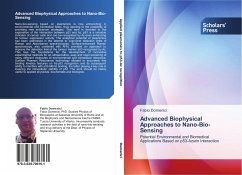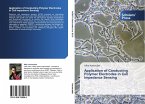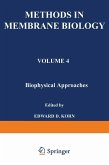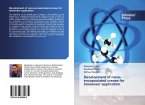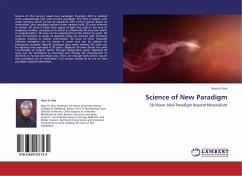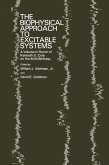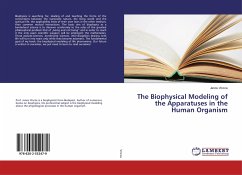Nano-bio-sensing based on plasmonics is now entrenching in environmental and biomedical fields, thus opening to the possibility of providing new anticancer strategies. This work is devoted to the exploration of the interaction between p53 and Az. p53 is a valuable indicator of cancer cells and can be recognized by Az even enhancing its tumour suppressor activity. The analytical potential of plasmonics has been addressed in the attempt to overcome detection limits of Raman and Absorbance spectroscopies. Surface-enhanced Raman spectroscopy, also combined with AFM, provided an approach to improve the detection limit of the tumour marker p53 recognized by Az. This lays the foundations for the development of innovative experimental methods for an ultrasensitive, easy and rapid screening of many different molecules of environmental and biomedical relevance. Surface Plasmon Resonance technology allowed to accurately find binding kinetics features on Az-p53 recognition and its subsequentability to interfere with p53-Mdm2 binding, the latter playing a key role in lowering the intracellular stability of p53. The work should be mainly useful to applied physicists, biochemists and biologists.
Bitte wählen Sie Ihr Anliegen aus.
Rechnungen
Retourenschein anfordern
Bestellstatus
Storno

